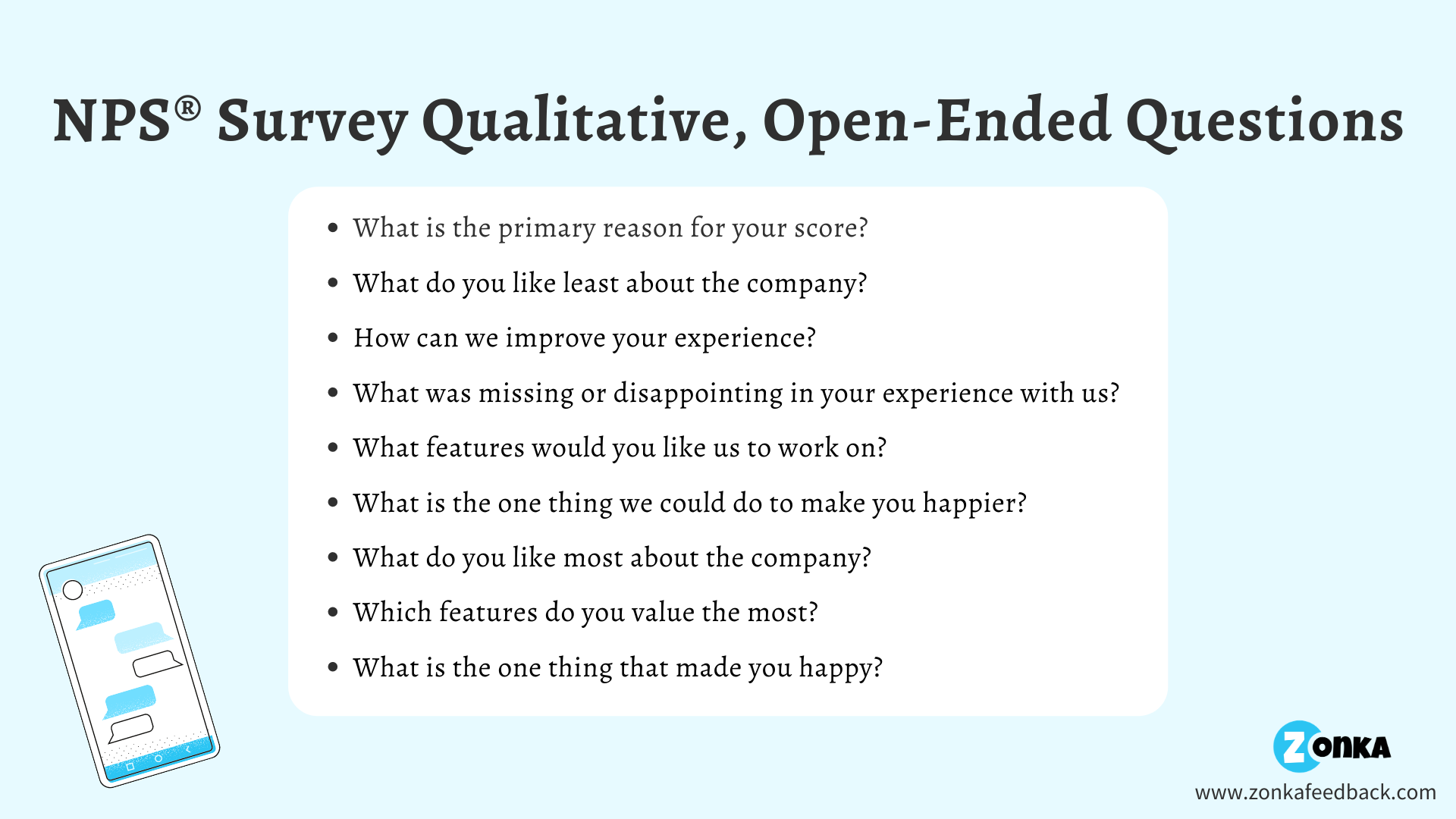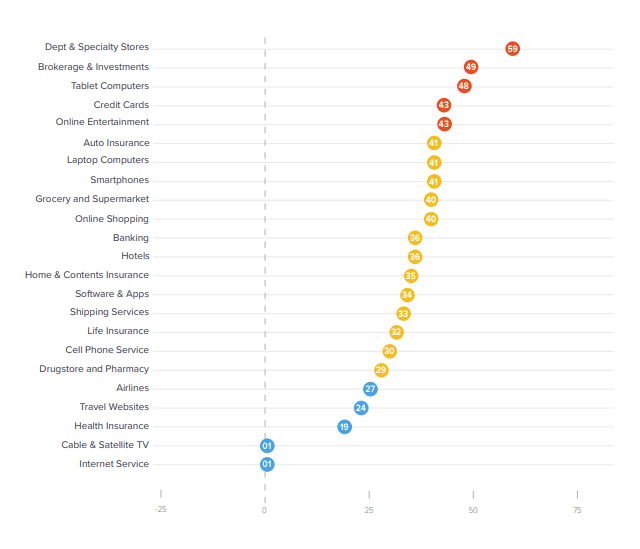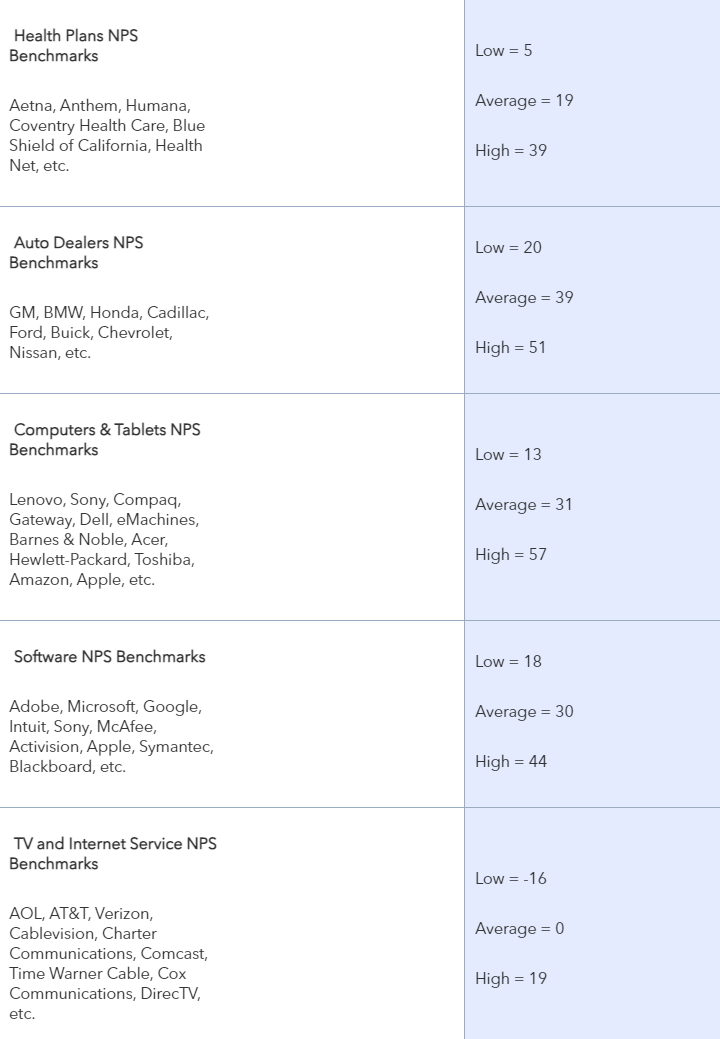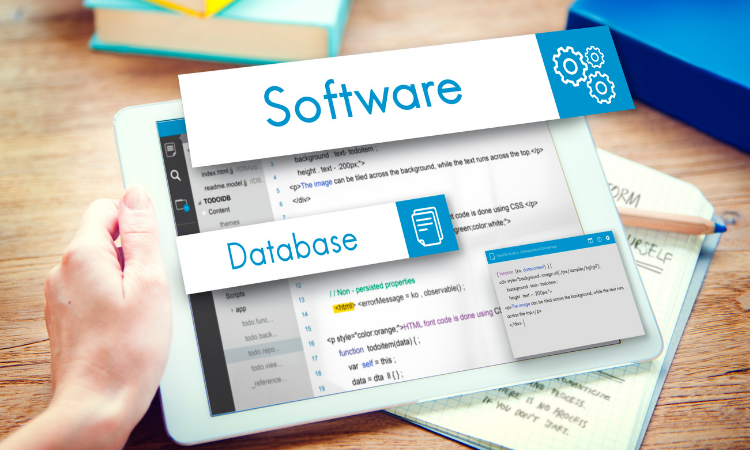Net Promoter Score (NPS) is widely used among businesses to measure the experience and satisfaction level of customers. Using the simple NPS question “How likely are you to recommend us to a friend or colleague?”, rated on a scale of 0-10, you can easily measure customer loyalty. However, while using the Net Promoter Score, a key factor that you need to determine is when you want to conduct the NPS Survey - on regular intervals like monthly, quarterly or annually, or after an event or transaction.
Measure Customer Loyalty with NPS❤️
Create NPS surveys, measure customer loyalty, and close the feedback loop with Zonka Feedback.

There are two types of NPS Surveys - Transactional NPS Surveys and Relationship NPS Surveys - based on when you choose to send the NPS Survey. As the name suggests, Relationship NPS Surveys help gauge customer loyalty based on the customers’ relationship with your business. For this reason, Relationship NPS Surveys are sent at regular intervals like monthly, quarterly, or annually. On the other hand, Transactional NPS Surveys are triggered after an event or a transaction. Transactional NPS Surveys measure Customer Loyalty and customers’ likelihood to recommend your business based on their recent transaction with your business.
Both these types of NPS Surveys - Transactional and Relationship - play a key role in helping you determine customer loyalty and understand customers’ perceptions about your business and customer satisfaction.
In this article, we talk about examples of Transactional NPS Questions and guide you about when to use and send Transactional NPS Surveys to your customers. All these factors together determine the success of your NPS Survey campaign.
Examples of Transactional NPS Survey Questions
The simple NPS Question can be slightly modified to mention the relevant transaction or event for which you are sending the Transactional NPS Survey. An easy way to do this is to add “based on your recent experience” at the beginning or the end of your NPS Question. Here’s how your Transactional NPS Question would be:
Example 1: Based on your recent experience, how likely are you to recommend our business to a friend or colleague?
Example 2: How likely are you to recommend our business to a friend or colleague, based on your recent experience?
In this modified NPS Question, you can further replace ‘recent experience’ with a more relevant event reference like ‘recent purchase’, ‘recent visit’, ‘recent interaction’ and so on. The key idea here is to ensure that the customer while reading your NPS Survey Question is able to quickly relate to the event or interaction or transaction or visit for which you’re seeking the feedback.
Like in a regular NPS Survey, in a Transactional NPS Survey as well, it is ideal to add a Follow Up question, after the NPS Question, to give customers an opportunity to share more about their experience and the reason for their score. This Follow Up Question can be an open-ended comment box for customers to write about their reason for the score in their own words.
Now that the Transactional NPS Survey is ready to use, let us discuss the most effective and important events post which you can send these surveys to gauge customer loyalty towards your business.
When to use the Transactional NPS Survey?
There are many customer touchpoints that warrant taking feedback for. An event or interaction like a purchase made by the customer, a visit to your store and similar instances, are important events in your customer’s journey. It is always a good idea to send NPS Survey after an important interaction, for events that affect your relationship with the customer and you want to seek feedback for.
Let’s explore some of these.
-
Send Transactional NPS Surveys Post Purchase
While making a purchase, a customer experiences a lot with your business. The customer has gone through your product list, in all likelihood the customer has compared your pricing and features with other competitors and while making the purchase, has experienced the ease of creating an account, entering details, making a payment and so on. By triggering Transactional NPS Surveys post purchase, you can seek feedback from customers about their recent purchase experience and identify various purchase-related issues like the payment options availability, ease of payment process, billing options and so on.
You can integrate your Payment Gateway development, eCommerce Website with your NPS Software to trigger NPS Surveys right after a purchase or after a delay of a few hours or days to your customers. This will ensure that all your customers are timely sent the survey and can share their post purchase experience with you.
Transactional NPS Survey Question to gauge Post Purchase Experience: Based on your recent purchase, how likely are you to recommend our business to a friend or colleague?
-
Post-Service Feedback or after a Ticket is Solved or Closed
Taking feedback after a ticket is solved or closed, or post-service helps you determine customer satisfaction and their loyalty based on how the support service team performed, if the support agent was helpful, if the issue resolution was up to customers’ satisfaction and if the service and resolution was delivered speedily.
You can connect your NPS Survey Software to your Help Desk Software to automate sending NPS Survey in your Help Desk Email or trigger Email Surveys after a ticket is solved or closed.
Transactional NPS Survey Question to gauge Post Service Feedback: Based on your recent interaction with our support staff, how likely are you to recommend our business to a friend or colleague?
Based on your recent issue and ticket resolution, how likely are you to recommend our business to a friend or colleague?
-
After New Business Interaction
A customer visits your business for the first time, it is important for you to know his perception about your business. Based on the first and recent interaction, you can send the Transactional NPS Survey to know his instant real-time perception towards your products, services, or brand. You can also ask your customer to justify their score and elaborate the issues they faced through an open-ended comment box. Here your customer can openly share their grievances that highlight the SWOT (Strength, Weakness, Opportunities, and Threats) associated with your product or services.
Transactional NPS Survey Question to gauge New Business Interaction Feedback: Based on your recent interaction with us, how likely are you to recommend our business to a friend or colleague?
How likely are you to recommend our business to friends and family, based on your recent interaction?
-
Send Transactional NPS Survey Post-Delivery
If you are running an eCommerce business, a food delivery service, or a courier service, the point of delivery is an important customer touchpoint. The quality of your delivery services is responsible for a large chunk of your customers’ positive experience with your company. Even for the restaurant owner who indulge in home delivery, also take a Post Delivery Feedback to discover the answers to the different questions like how flexible was your shipping and delivery schedule? Was the delivery on time? What was the quality of the packaging and the quality of the product upon delivery?
You can send the Transactional NPS Survey via email or website. If your customers are not accessing the internet, then you can use offline survey tablets, SMSes, or QR Codes or you can equip your delivery executives with survey tablets so that they can take on-the-spot customer feedback.Transactional NPS Survey Question for Post-Delivery Feedback: On a scale of zero to ten, how likely are you to recommend our delivery services to a friend or colleague?
-
Post-Appointment or Post Patient Visit
Before, during, and post-appointment, a patient encounters a series of experiences with ease of making an appointment, interaction with waiting staff, staff efficiency and friendliness, experience with the doctor, patient's perception of the level of treatment, availability of medicines at the pharmacy, and much more. Therefore, taking a Post Appointment and Post Visit feedback from Patients is a great idea to allow the patients to share their experience (good and bad), with you directly. It makes the patients feel like you care about their experience and it gives you valuable information about their experience during the appointment.
You can connect your Patient Feedback Tool to your Hospital Management System and trigger automated Post Appointment Patient NPS Surveys through emails and SMSes to get patient's feedback about appointment time, staff, doctor, and treatment right after their appointment.
Transactional NPS Question for Post-Appointment Patient Feedback: Based on the recent appointment, what is the probability of recommending our hospital to your relatives or friends?
How would you rate the overall experience with the treatment you received from the healthcare provider?
Best Practices for using Transactional NPS Surveys
The significance of the Transactional NPS data is zero, until and unless it is not being converted into proactive and customer-driven data. We’re sharing four important best practices and tips for you to use Transactional NPS Surveys to ensure the success of your NPS Survey campaigns.
-
Determine your Touchpoints
For interacting with customers or measuring at-the-moment feedback, there could be several touchpoints or a few, depending on your organization and industry. Before choosing any customer touchpoints, you need to ascertain and study your customers, keeping the nature of your business in your mind. Always choose those touchpoints that ensure you the most value. Some of the popular customer touchpoints may include in-store purchases, online purchases, call center interactions, and like.
-
Select your Survey Distribution Channel
Since you’ve chosen your touchpoints where you want to measure the instant customer perception, now you need to choose that survey distribution channel. An ideal survey distribution channel will ensure a quick and easy process of creating, distributing, managing, and evaluating transactional surveys. There are several ways to distribute your surveys including SMSes, Emails, QR Codes, websites, Kiosks, in-app feedback. For instance, for ecommerce post purchase surveys, a post purchase Web Widget Survey is ideal that instantly pops up with the NPS Question.
-
Design Your Transactional NPS Survey
You can divide your Transactional NPS Survey into two parts. Part 1 is your standard NPS Question and part 2 is your Follow Up question.
Standard NPS Question - Here you can tweak the basic NPS Question and then ask the Transactional NPS Question.
Option 1 - Based on your recent purchase, how likely are you to recommend us to your friends & family?
Option 2 - How likely are you to recommend us to your friends and family, based on your recent interaction?
Follow-up NPS Question - Based on the NPS scoring, You can also ask your respondents follow-up questions that help you to discover the reasons for their scores. The standard Follow-up NPS Question is What is the primary reason for your score? Other open-ended questions act as follow-up questions:
These follow-up questions could be determined in the situation when organizations are dealing with their detractors or passives.
-
Calculate & Evaluate Your Feedback: NPS Score Analysis
Once you collect the score data, you need to calculate the NPS Score to evaluate it and implement the changes and improvement driven from the evaluation. Calculating the Net Promoter Score is easy. The basic formula to calculate the Net Promoter Score is NPS = %Promoters - %, Detractors.
For more details, we’ve covered more details of how to calculate the Net Promoter Score.Evaluating the Net Promoter Score means finding a “Good” or a “Bad” Net Promoter Score. Usually, people consider any score above 0 as a positive score and a score below 0 as a Bad score. A score of 60 or 60+ score is generally considered a very good NPS in any industry. There are two methods to analyze the NPS Score:
Absolute Method - Examining the Net Promoter Score with regards to your industry. It means what is acclaimed as a good Net Promoter Score for one industry can be considered a bad Net Promoter Score for another industry. In the absolute method, the Net Promoter Score greater than 0 is considered as a good Net Promoter Score. NPS >0 means your promoters exceed your passives and detractors. If your NPS = 0, it means you are not delivering a good experience, and if your NPS <0, it means you are delivering a bad experience. Your Net Promoter Score ideally should be greater than 50.

Relative Method - If you choose to determine the relevancy of your score regardless of the industry then start comparing your Net Promoter Score with the average scores within your industry, and against competitors, this is known as a relative method. The relative method helps you to evaluate yourself as an individual brand in the marketplace.


 MS Teams
MS Teams













